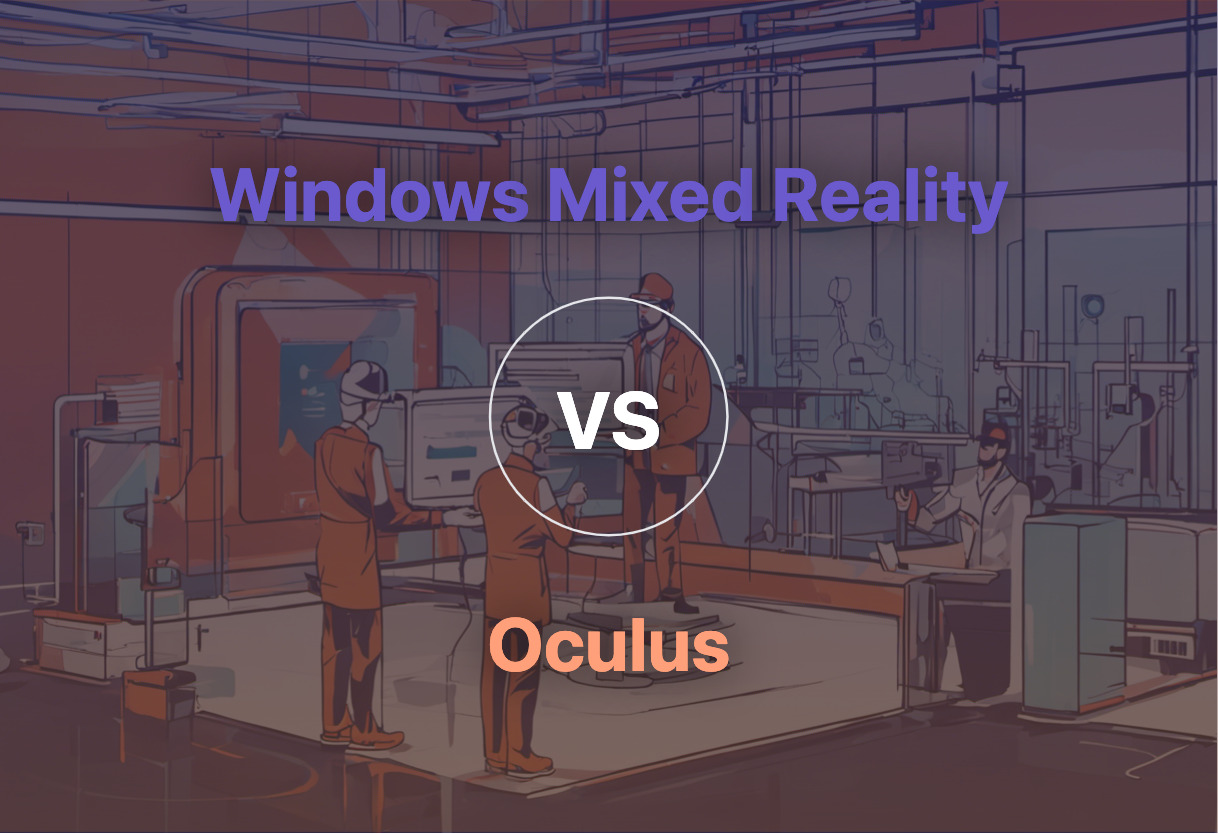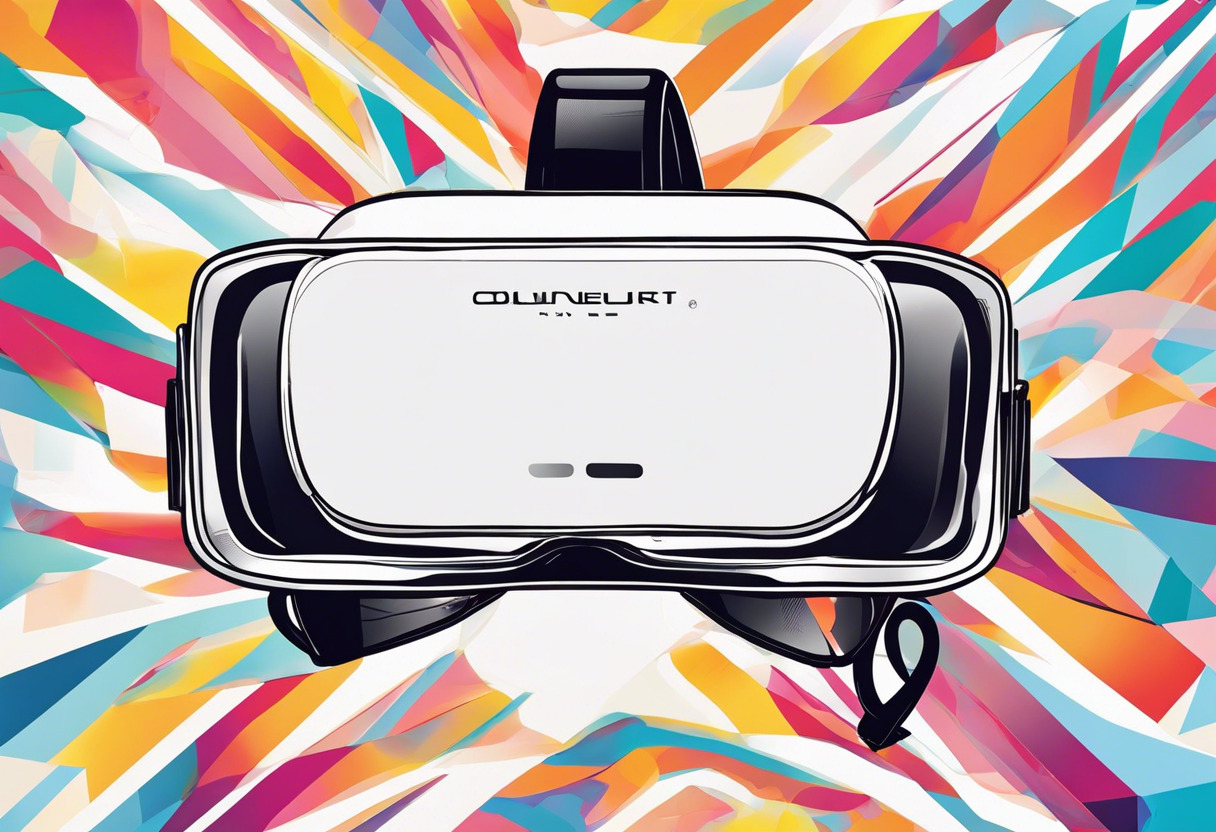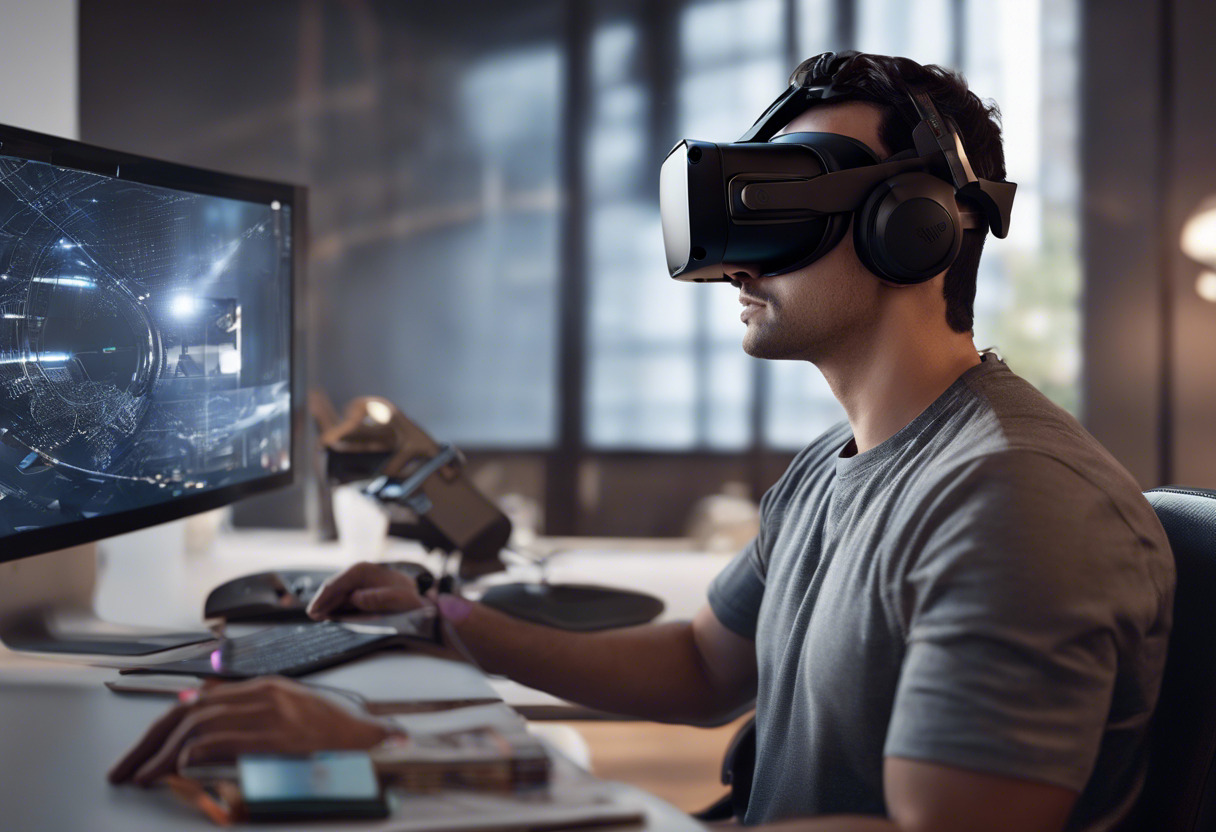For general users and developers targeting mass markets, Windows Mixed Reality offers diverse experiences, accessibility and compatibility with regular PCs. Conversely, Oculus delivers higher quality VR experiences but requires advanced setups. For immersive, premium VR experiences, choose Oculus, while Windows Mixed Reality is the go-to for wider accessibility and varied experiences.

Key Differences Between Windows Mixed Reality and Oculus
- Windows Mixed Reality leverages both holographic and immersive VR devices, whereas Oculus focuses primarily on VR headsets.
- Windows Mixed Reality is compatible with numerous regular laptops and older PCs, making high-quality VR more accessible. Oculus offers higher VR quality but may require advance setup.
- Windows Mixed Reality platforms utilize inside-out tracking technology for a wider range of VR experiences, while Oculus offers a high Field of View with sensor-based tracking.
- A variety of Windows Mixed Reality headsets are available from different manufacturers, offering differentiated features. Oculus sticks mainly with its own line of headsets.
| Comparison | Mixed Reality (MR) | Oculus Rift |
|---|---|---|
| Introduction | Introduced in 1994 by Paul Milgram and Fumio Kishino. | Introduced in 2011 by Palmer Luckey. |
| Developments | Evolved with advancements in computer vision, graphical processing, display technologies, input systems, cloud computing, HCI including keyboards, mice, touch, ink, voice, skeletal tracking. | Improved with novel technologies decreasing cost and increasing quality, FOV enhancements, reduced screen door effect, advancements in LCD panel, low-persistence of vision in prototypes, sensor-based tracking in commercial release. |
| Hardware Support | Compatible with most normal laptops and older PCs through Windows Mixed Reality, support through front-mounted cameras in MR headsets, Multiple Windows Mixed Reality headsets available: Acer, HP, Asus, Dell, Lenovo, Samsung. | Implemented through VR headsets, starting with Oculus Rift DK1, followed by Oculus Rift CV1 and then Oculus Rift S. Ended in April 2021 with Oculus Rift S discontinuation. |
| Experience Enhancements | MR experience enhanced with spatial mapping, hand-tracking, eye-tracking, speech input, spatial sound, physical and virtual position, 3D asset collaboration, blending of physical and digital worlds, ability to transition between augmented and virtual realities. | VR immersion enhanced with resolution advancement, improved clarity, absolute head orientation tracking without drift, free movement in sensor-based tracking headset, software compatibility between products. |
| Significant Benefits | Breaking from screen-bound experiences, ability to interact with data in living spaces, social media, using mobile AR offers, potential for holographic representation of people, 3D models, and the real world, meant for consumers and businesses as mainstream offering. | The first realistic VR experience at an accessible price, successful revival of VR industry, positive review from industry experts, wider adoption and recognition after Facebook acquisition. |
What Is Mixed Reality and Who’s It For?
Mixed Reality is the latest evolution in computing, it blends the physical and digital worlds, inviting natural, intuitive 3D human and computer interactions. It’s a product of advancements in computer vision, graphics processing, display technologies, input systems, and cloud computing. Perfect for both businesses and consumers, Mixed Reality breaks free from traditional screen-bound experiences and takes user experiences to the next level via holographic displays and mobile AR offers.
In the hands of brands like Microsoft, Mixed Reality targets the mass market. Front-mounted cameras in headsets recognize the room and objects, integrating them into the virtual scene. Companies such as Acer, HP, Asus, Dell, Lenovo, and Samsung have delved into Windows Mixed Reality headsets, making this technology more accessible than ever.

Pros of Mixed Reality
- Integrates physical and digital worlds
- User-friendly and intuitive
- Widely accessible; compatible with many normal laptops and older PCs
Cons of Mixed Reality
- Requires specific hardware (headset)
- Still in its developmental stage, with room for refinement.
What Is Oculus Rift and Who’s It For?
If you’ve heard of Virtual Reality (VR), then Oculus Rift needs no introduction. Developed and manufactured by Oculus VR, Oculus Rift was the pioneer of creating an accessible, yet realistic VR experience. This hardware is perfect for both VR enthusiasts and those keen on interactive gaming.
The Oculus Rift’s journey began with the DK1 released in 2013, and culminated with the Rift S in 2019. Despite being discontinued in 2021, software library compatibility with its successor, Oculus Quest, keeps its legacy alive. Oculus sparked mainstream recognition for VR, paving the way for VR developments globally

Pros of Oculus Rift
- Provides a realistic VR experience at an accessible price
- Enhanced user experience with more than 90 degrees Field of View
- Further development continues with Oculus Rift S and Oculus Quest
Cons of Oculus Rift
- Oculus Rift S discontinued
- Requires a strong PC system to function effectively
Which Reigns Supreme: Windows Mixed Reality or Oculus?
In the dynamic arena of virtual experiences, there lie two contenders: Windows Mixed Reality and Oculus. Let’s zero-in on which one is ideal for different audience segments.
Developers and Game Makers
Avid developers and game makers will find Windows Mixed Reality an empowering platform. With its wide array of compatible devices, Δdisplay, Δcomfort, and efficacious >performances spanning multiple desktop environments, it brings an unmatched level of game customization and development scope.

AR/VR Creators
Cutting-edge AR/VR creators would be swayed towards Oculus’s Rift series. Historically significant in revamping VR, Oculus offers an extraordinarily immersive experience with a spectacular field of view, high resolution, and sensor-based head tracking, creating an environ par excellence for AR/VR development.

Tech Enthusiasts
For Tech enthusiasts, the decisive factor lies in innovation and market resonance. Windows Mixed Reality’s potential to transition between AR and VR, coupled with its inside-out tracking technology, offers an experimental playground. However, Oculus, backed by Facebook and a lineage of successful offerings, veers towards a melange of familiarity and innovation.

In the showdown of Windows Mixed Reality versus Oculus, the former boasts broader access and richer VR experiences amplified by MR, tipping the scale for developers and game makers. Oculus, however, holds a firm grip on advanced functionality and immersive realism, appealing to the AR/VR creators. Tech enthusiasts might lean towards either based on personal predilections and familiarity.
Hannah Stewart
Content writer @ Aircada, tech enthusiast, metaverse explorer, and coffee addict. Weaving stories in digital realms.




